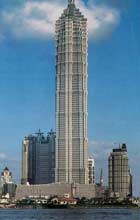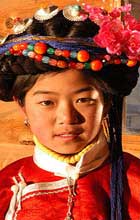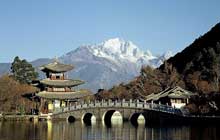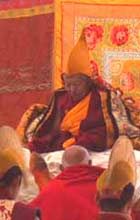Day One
You will be met at the gate of Shanghai's International Airport by airport VIP staff who will lead you through immigration, baggage claim and customs. Your China Host will then meet you after you have claimed your luggage and passed through customs. The China Host will accompany you during the remainder of your stay in China (our China Host acts as a personal concierge to you throughout your stay in China, » Read more »
» Read more »Day One
Today you will be transferred to the airport in time to catch a flight to Sanya, the southernmost city of the tropical island of Hainan. In the Ming dynasty, pirates and criminals were exiled to this barren atoll, far from the benefits of civilization in the South China Sea. These days, people can’t wait to escape here: high quality international resorts, located along the clean white sand beaches and coves, » Read more »
» Read more »History
The Naxi are one of China 's 56 recognized ethnicities, and although they have lived on the edge of the Chinese empire for centuries they have preserved many remarkable features of their culture. Some say the Naxi are descended from a group of people known in Chinese historical texts as the Qiang, whose homeland included parts of the Tibetan Plateau as well as the western areas of Sichuan and Yunnan . » Read more »
» Read more »Day One
This afternoon, a flight takes you to Lijiang . (Banyan Tree Hotel – Garden Villa Rooms) (D)
Day Two
Founded in the shadow of snow-topped Jade Dragon Mountain , Lijiang rose to prominence 500 years ago as an entrepôt on the dangerous, bandit-infested Tea and Horse caravan route. In order to beat the crowds that quickly congest the small, historic center, we strongly recommend you leave the hotel early this morning. » Read more »
» Read more »The three Gelug monasteries of Sera, Drepung and Ganden were known collectively as the "Pillars of the State". As such there was naturally political rivalry between them. This can even be seen in the naming of this monastery. Sera, meaning "merciful hail" is a challenge to Drepung monastery, whose name means "rice heap" in the sense that hail damages rice. This rebellious monastery, some of whose monks were famed for their soldiery last challenged power in 1947. » Read more »
» Read more »



